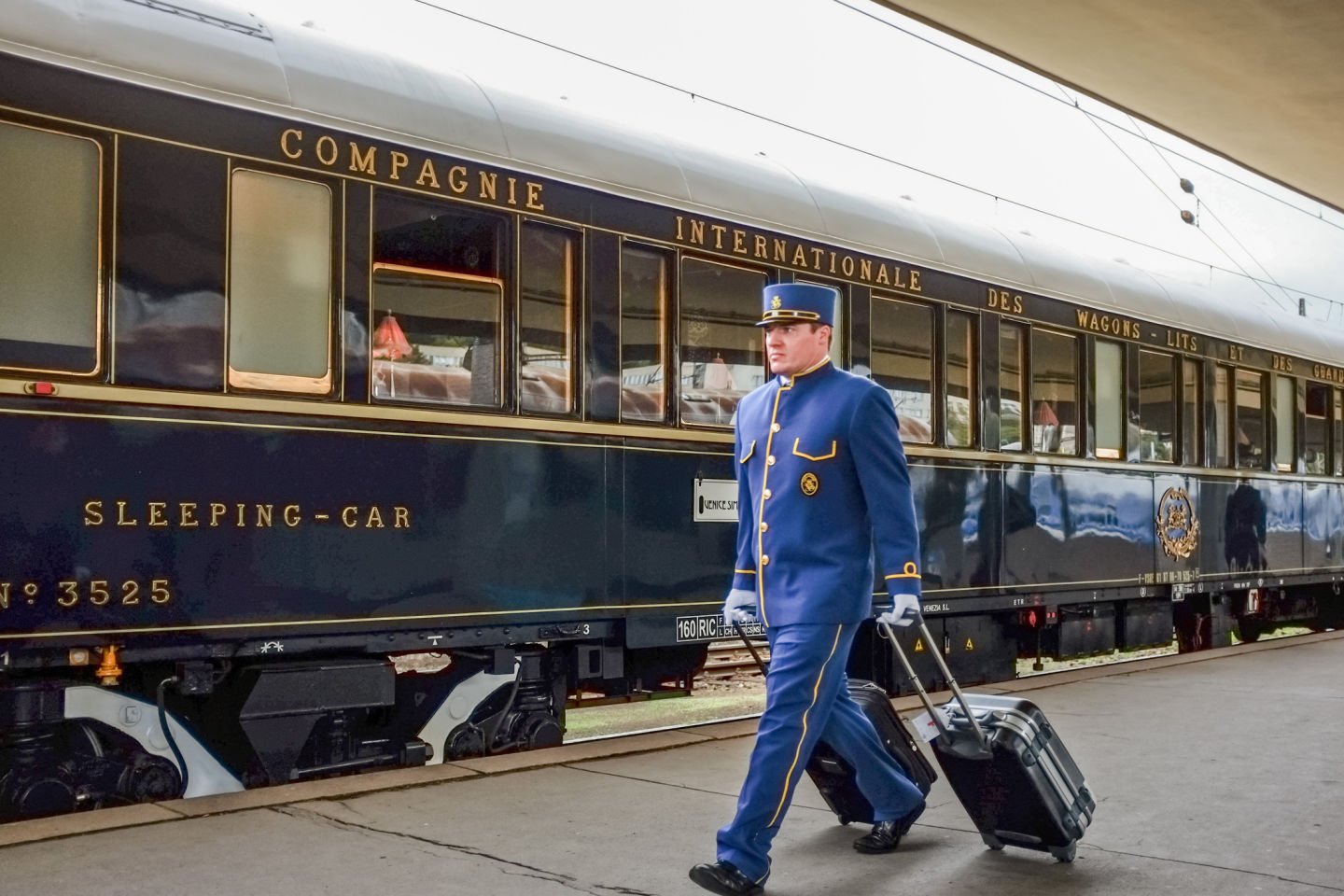Why we’re falling back in love with trains
Long out of fashion for long-distance travel, railways are now seen as the fast, comfortable and eco-friendly way to go.

How fast?
The fastest scheduled train in the world is the Maglev that connects Shanghai’s Longyang Road station and Shanghai Pudong Airport. Using magnetic levitation, it has a maximum operational speed of 431kmh.
By comparison, Australia’s fastest train is the electric tilt train between Brisbane and Rockhampton, which operates at 160kmh but is capable of 210kmh.
In the United States, Amtrak’s Acela travels between Washington DC and Boston at up to 240kmh – but only over 80km of the 735km route.
Recent reports that the budget for Australia’s inland rail project has blown out to $31 billion have come at a crossroads in the evolution of train travel.
Fifty years ago, track was abandoned or pulled up around the world as railways and light rail (tram) networks gave way to roads for private motor vehicles. Now, rail is once again seen as an attractive, efficient and affordable way to move freight and people.
England’s High-Speed 2 (HS2) rail project is well underway, with plans to link London and Manchester by the end of this decade. Its construction follows the success of the HS1 track linking London with the Channel Tunnel and the high-speed European train networks.
London itself has a brand-new commuter train service, the Elizabeth Line, which fills in gaps not already served by its extensive Underground and Overground networks.
Meanwhile, as part of its global Belt and Road Initiative, China is investing in high-speed rail in places including Indonesia, Thailand, Cambodia, Laos, and several east African nations.
In the Middle East, the almost-completed Etihad Rail network will join up the major cities of the United Arab Emirates, promising to travel the 140km between Abu Dhabi and Dubai in just 50 minutes.
Around the world, high-speed passenger trains, once seen as a novelty, are offering a reliable and cost-efficient alternative to air travel for short to medium-distance journeys.
Capable of speeds of up to 350kmh, making them much faster than traditional trains, they use advanced technology to reduce track friction and increase speed, providing a smooth and comfortable ride for passengers.
One of their main benefits is their ability to connect cities and towns that are too close for air travel but too far for a comfortable drive.
This has made rail travel a popular option for passengers who want to travel quickly and efficiently between cities in France, Spain, Italy, Japan, and China.
High-speed trains are also more environmentally friendly than air travel. Trains produce less carbon emissions per passenger than planes, making them a more sustainable mode of transportation.
In places where cars were once king, governments are now reinvesting in railway networks to connect cities and towns, reduce traffic congestion, and improve transportation efficiency
The biggest barrier to the further expansion of rail networks – as we have seen in Australia – is the huge cost of building and maintaining the infrastructure.
However, this economic activity associated with these projects can also lead to job creation both during and after construction, and opportunities for businesses in regional and once-remote areas.
Railways are also playing an increasing role in tourism, with some luxury trains seen as “destinations” within themselves.
These include the likes of the Venice Simplon Orient Express across Europe, the British Pullman in England, South Africa’s Rovos Rail, Canada’s Rocky Mountaineer, India’s Maharaja’s Express, and The Ghan here in Australia.








